- HubPages»
- Travel and Places»
- Visiting Asia»
- Southern Asia
Bibi-ka-Makbara-- the Taj Mahal of South India
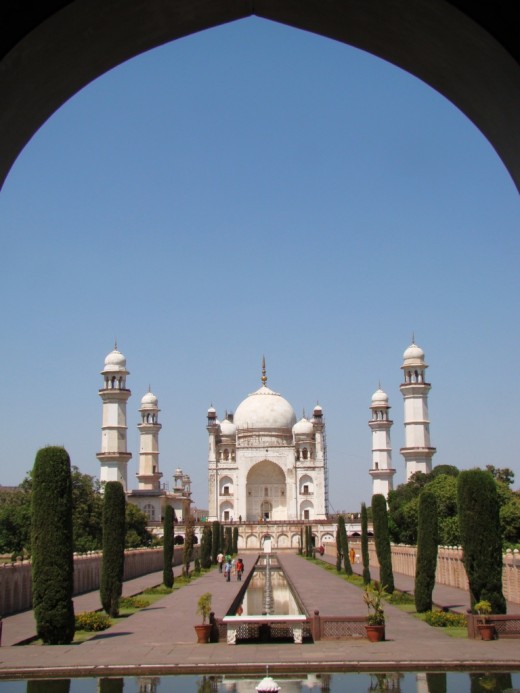
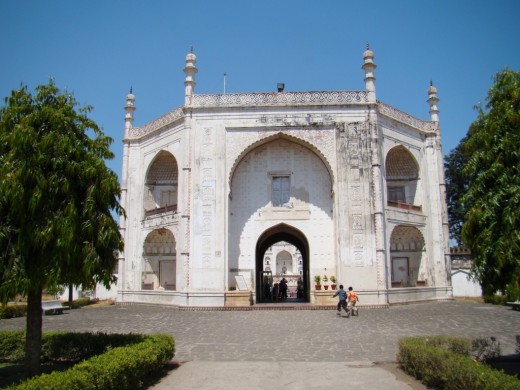
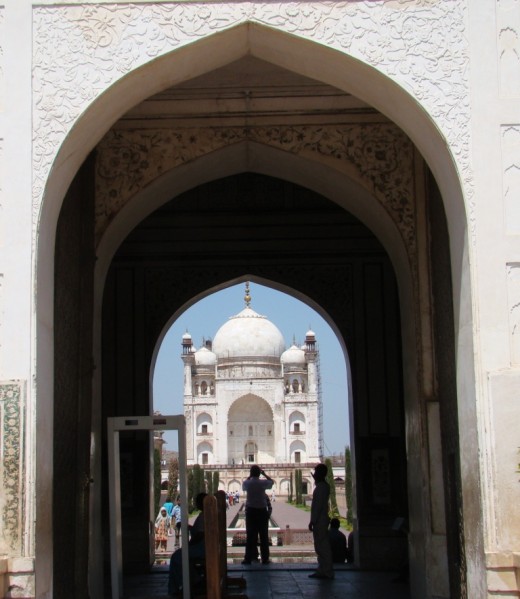
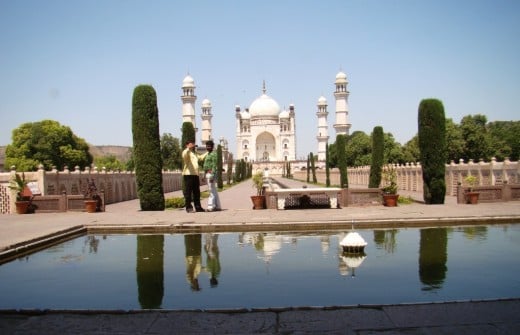
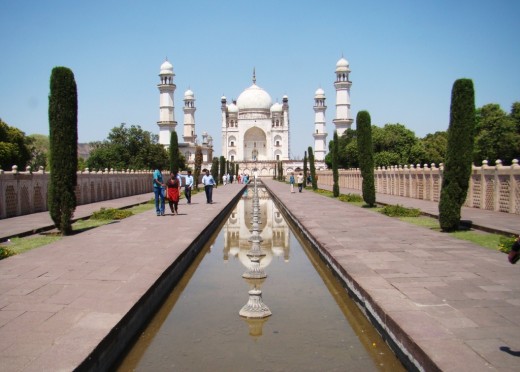
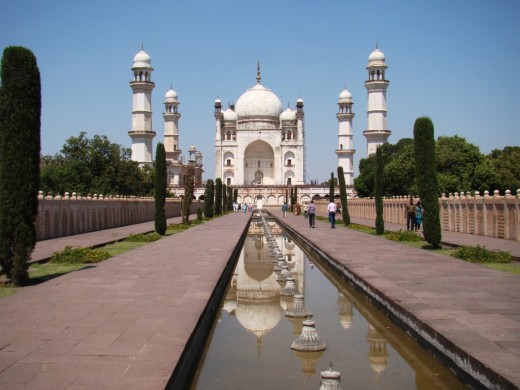
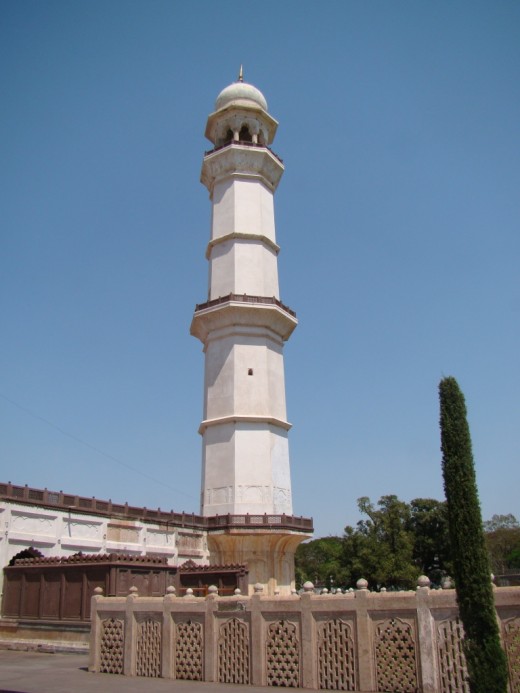
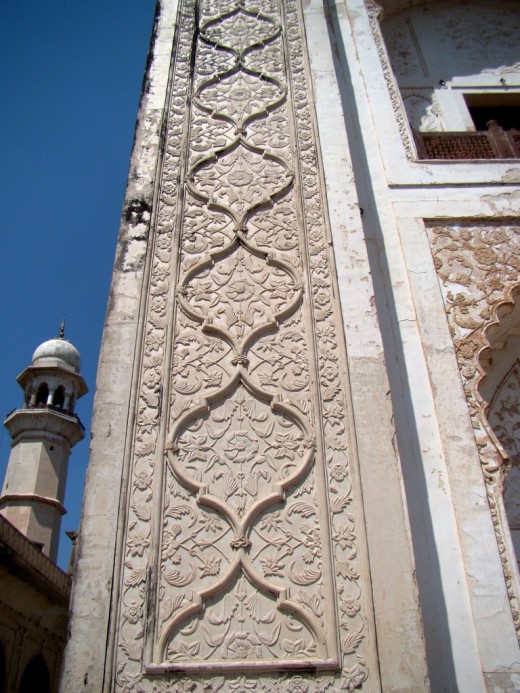
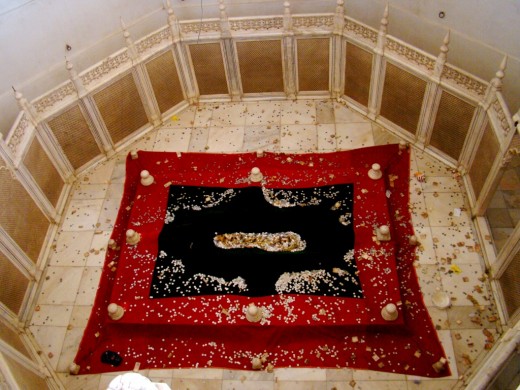
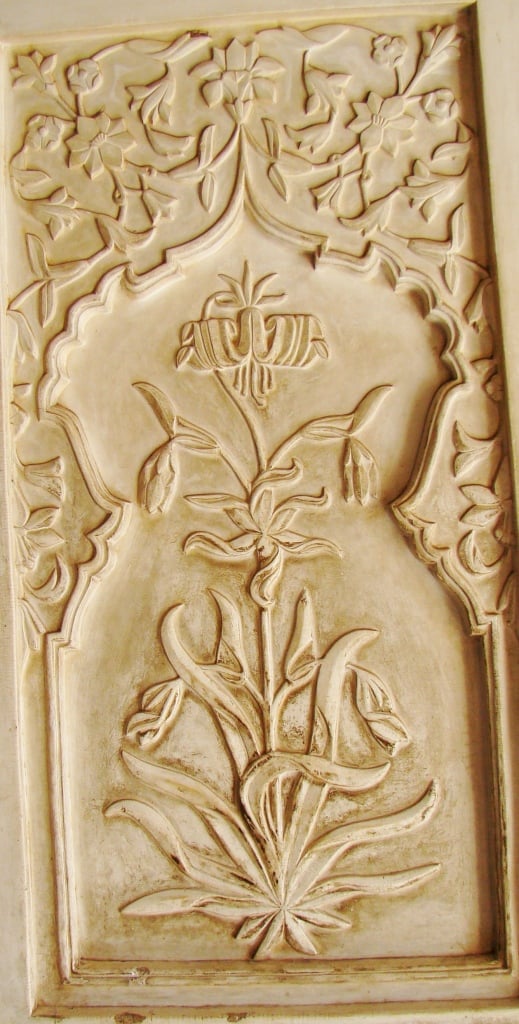
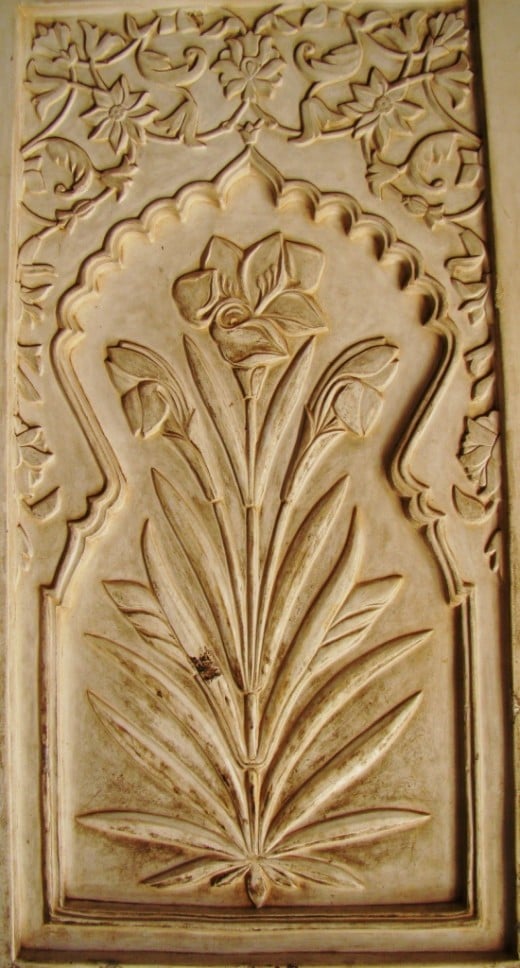
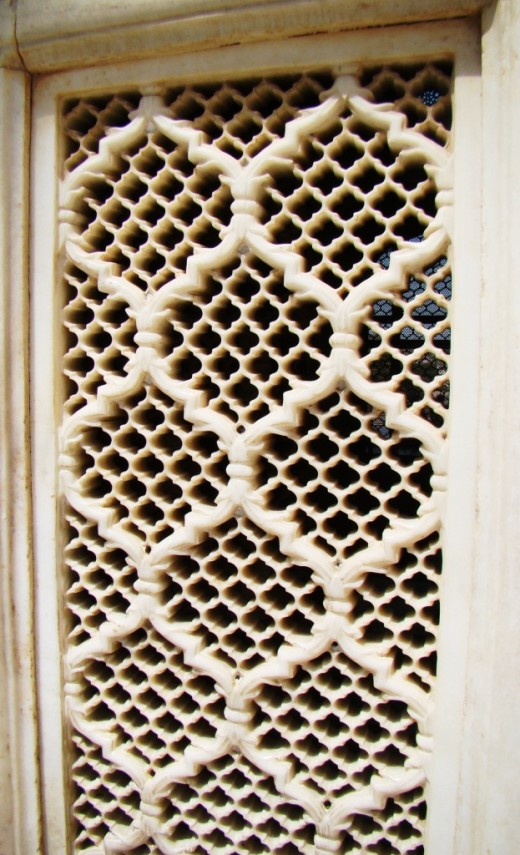
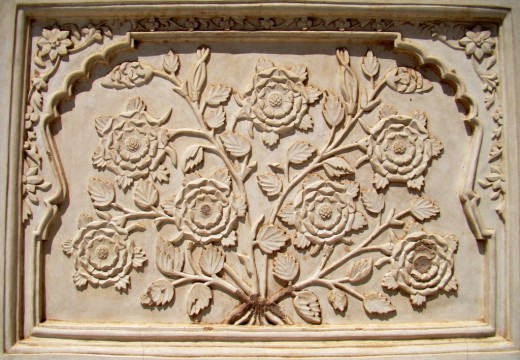
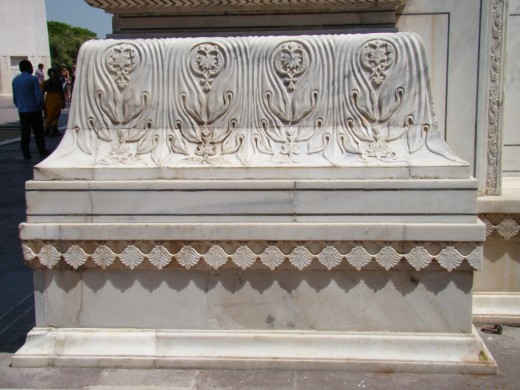
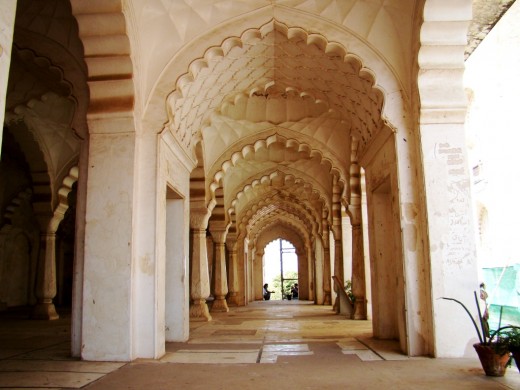
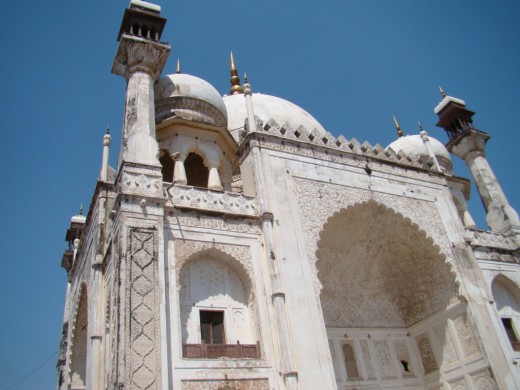
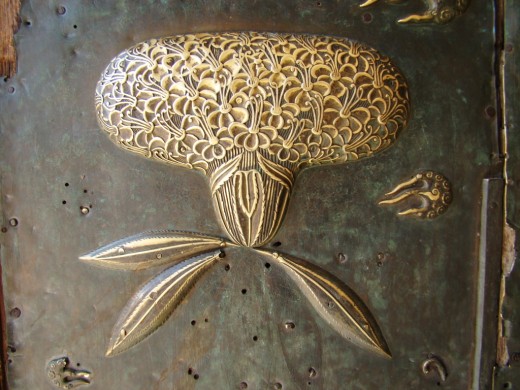
Bibi ka Makbara
Taj Mahal!
The name conjures up a vision of a mausoleum dedicated to Love itself! Not just a building, the Taj Mahal of Agra, in the state of Uttar Pradesh, India is a dream, a poem , an eternal saga of the love of a husband for his beloved wife. The husband was none other than the Mughal emperor of India Shah Jahan, & the wife his Begum Mumtaj. Taj Mahal is world famous for its beauty, & it is often said that people of the world can be grouped into two, those who’ve seen the Taj Mahal, & those who have not!
But not many people know about a second “Taj Mahal”, the “Bibi Ka Maqbara” which is often called the “Taj Mahal of the Deccan (or Southern India)”.
The Bibi Ka Maqbara is a beautiful mausoleum situated in Aurangabad, a major city of the state of Maharashtra, India. It is dedicated to Rabia-ul-Daurani , the fourth Begum of the Mughal emperor Aurangzeb, who succeeded the Mughal throne after his father Shah Jahan. Aurangzeb ruled for fifty years (1658 – 1707 A.D.). He was a devout Muslim & an extremely strict person in nature. It is said that he did not take a single paise from the royal coiffure, & depended on his income from copying Quran & sewing skull caps used by the devout Muslims! Even his grave was so simple, that it is beyond belief.
A person as strict as this, he was not a man to spend big amount of money for a mausoleum for his queen. This mausoleum was constructed by one of his sons, Prince Azam Shah in memory of his mother in between 1651 & 1661 A.D. Even then, he could not spend lavishly while constructing this. It is said that the expenditure for construction of this mausoleum was less than 7 lac (700,000) rupees. When one compares this with the expenditure of Taj Mahal (more than 3 Crores – 300,00,000 -- rupees in between 1631 & 1648 A.D.), this seems puny indeed.
The mausoleum is situated inside a huge enclosure with pillared pavilions at the centres of east, west & northern parts of the enclosure wall. The main entrance is on the south, & the gate is decorated with exquisite floral design. The design has a distinct Hindu touch, as its builder was a Hindu named Hanspat Rai.
Immediately inside there is a small tank the water of which reflects the dome of the main mausoleum. A long & narrow water-body goes to the main mausoleum, & there are rows of fountains in it.
The main mausoleum is built on a high platform with four minarets at the four corners. The central portion exactly looks like the original Taj Mahal, albeit a little narrower.
It is constructed with marble up to the dado level, then with locally available red basalt stone covered with a finely polished white plaster, & the dome is again made of marble. The use of the red basalt was obviously to cut down cost. The structure is covered with beautiful floral design, both on the marble & the plastered area (stucco work).
The central portion contains the mortal remains of Rabia-ul-Daurani, which is situated in an octagonal vault like area below the ground floor level.
On the west of the central area, there is a small but beautiful mosque which is a later addition by the Nizam of Hyderabad.
The whole structure bears uncanny resemblance to the original Taj Mahal of Agra. The backdrop of the Taj is the river Yamuna, & here it is a row of table top hills with a U-shaped gap against which the Maqbara looks as if floating in the air.
After visiting the Bibi ka Makbara, one surely has the feeling that true love does not depend on money!








